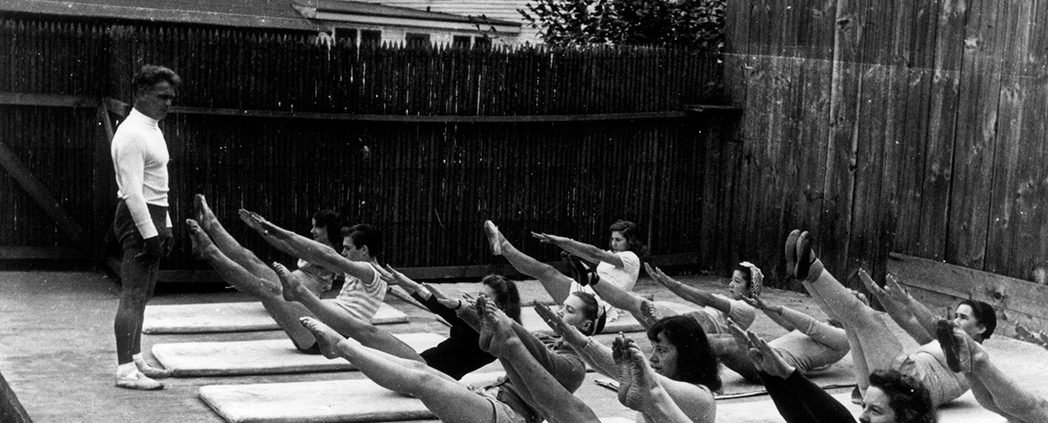“Physical Fitness is the first requisite to happiness.”
— Joesph Pilates
What is Pilates?
The Basics
Pilates is a specific series of exercises developed by Joseph Pilates to strengthen muscles, improve core strength, increase flexibility and stability, and improve overall health. Pilates exercises can be performed on a mat or specially designed equipment (i.e. reformer, Cadillac trapeze table, Wunda Chair, Barrel Ladder, Tower, etc.)
Although “Contrology: the art of controlled movements” as it was originally called was created in the early part of the 20th century it has only started to develop recognition and a high following in the 21st century. It is estimated that over 10 million people are now practicing Pilates in the United States alone.
Pilates has gained popularity because of its focus on engaging the mind and body together to create a complete and well-rounded exercise regimen. All Pilates movements should be executed with a keen attention to breath, proper form and spine alignment, and efficient and focused movement patterns. Pilates movements are low impact, safe if performed appropriately, and safe for all ages. If practiced consistently, Pilates improves flexibility, builds strength and develops control and endurance in the entire body.
The Benefits of Pilates
Pilates exercises emphasizes the connection of break, spine alignment, and the balance of the muscles. When taught and practiced effectively, Pilates can:
Enhance core strength and stability
Improve posture and alignment
Increase flexibility
Improvement of overall strength, tone, and endurance
Relieve stress
Relieve back and neck pain
Heighten body awareness
Improve balance and coordination
Enhance athletic performance



